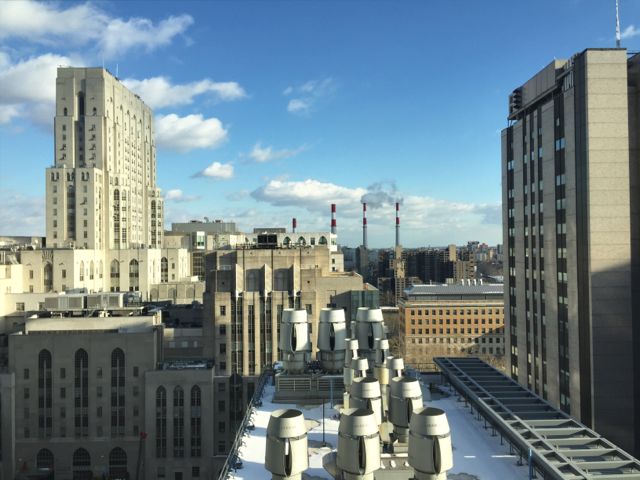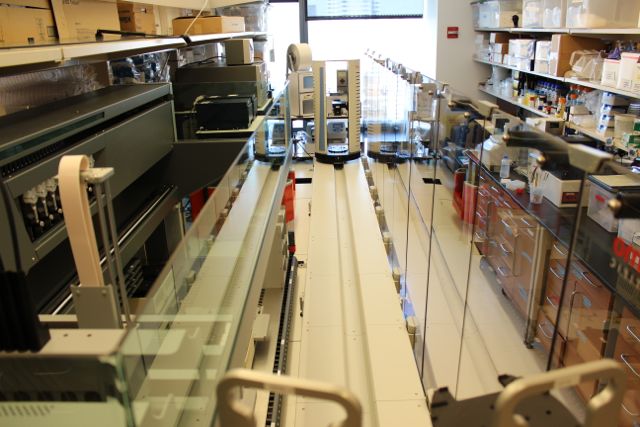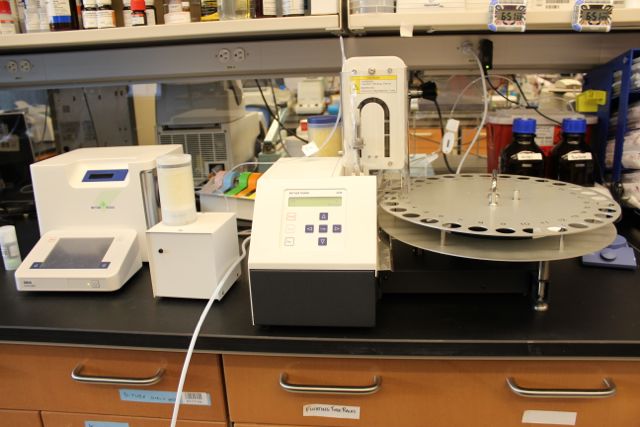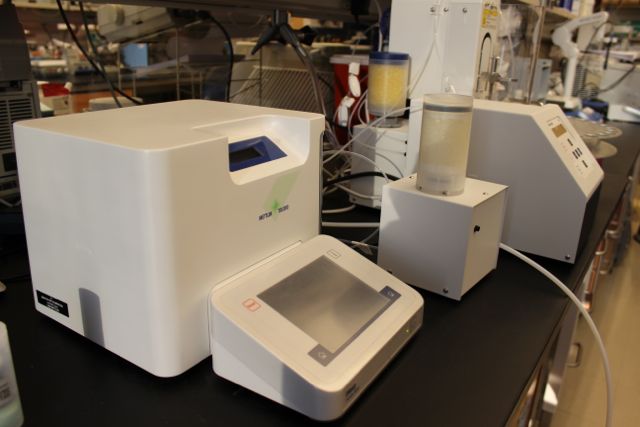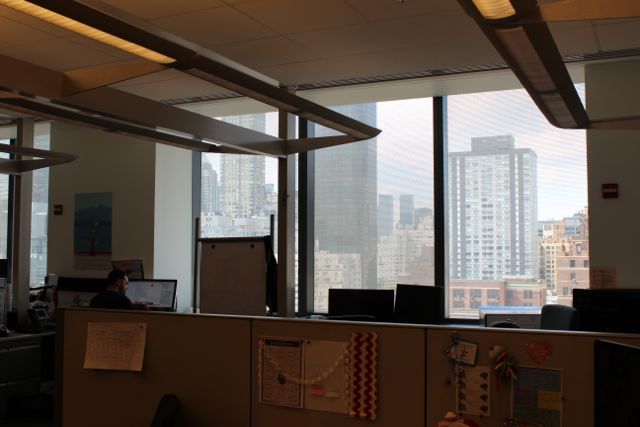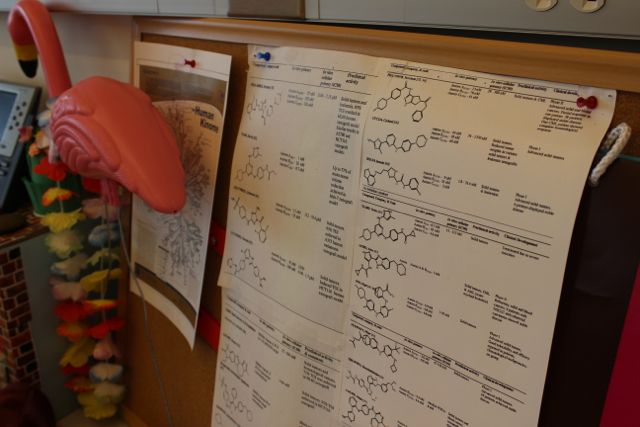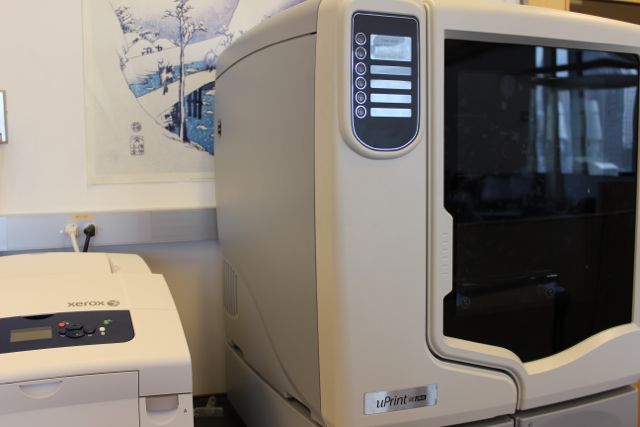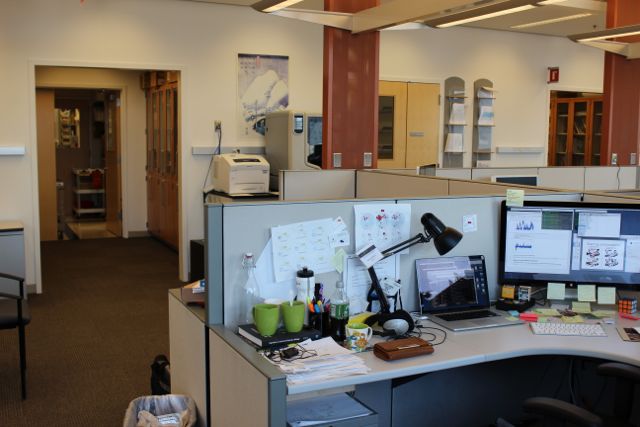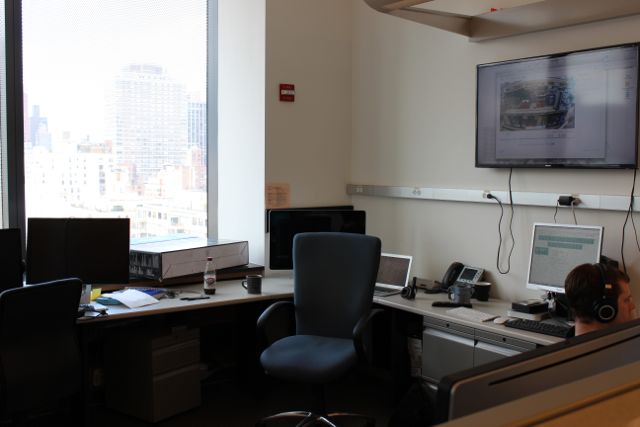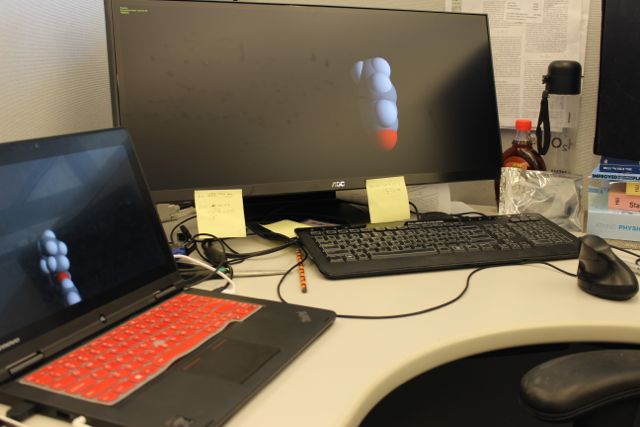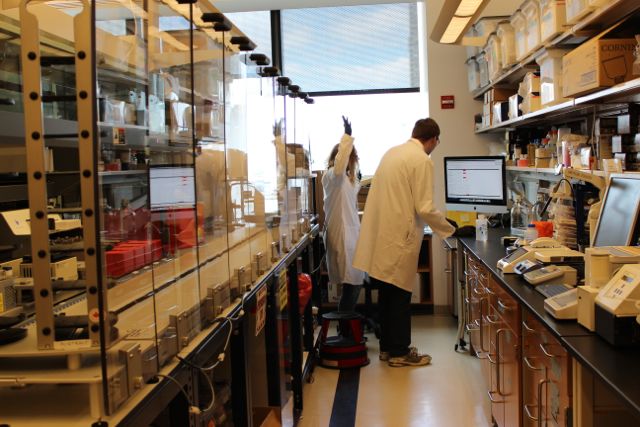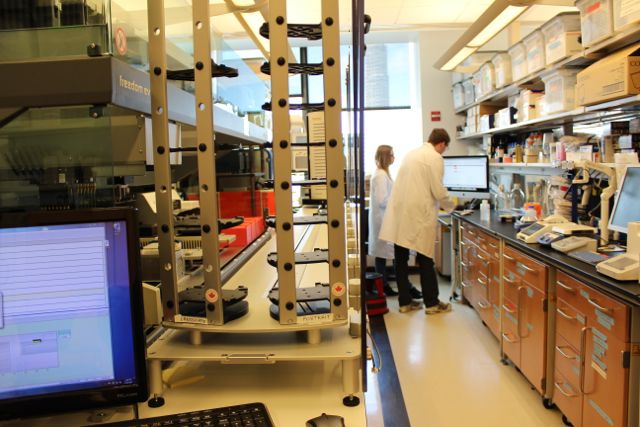Kinase Inhibitor Dorm Room Poster!
/Postdoc Sonya Hanson and grad student Julie Behr have collected all 27 FDA approved small molecule kinase inhibitors into a poster suitable for your lab wall or undergrad student's dorm room! A bit more official information on the more recently approved molecules can be found here and an interesting paper that covers the first 23 of these and the types of inhibitors found can be found here. Happy hanging! [PDF]
[Note: This poster was updated on June 1, 2015 because @mvkrier spotted that it had an uncommon tautomer for regorafenib. This prompted a further search, and it turns out that the original version also had an uncommon tautomer for ruxolitinib. Somehow importing the molecules by their names (e.g. 'regorafenib') in marvinsketch gave us the wrong tautomers. What a great opportunity to mention the Let's not forget tautomers paper by Yvonne Martin! Also... Isn't twitter great?]




